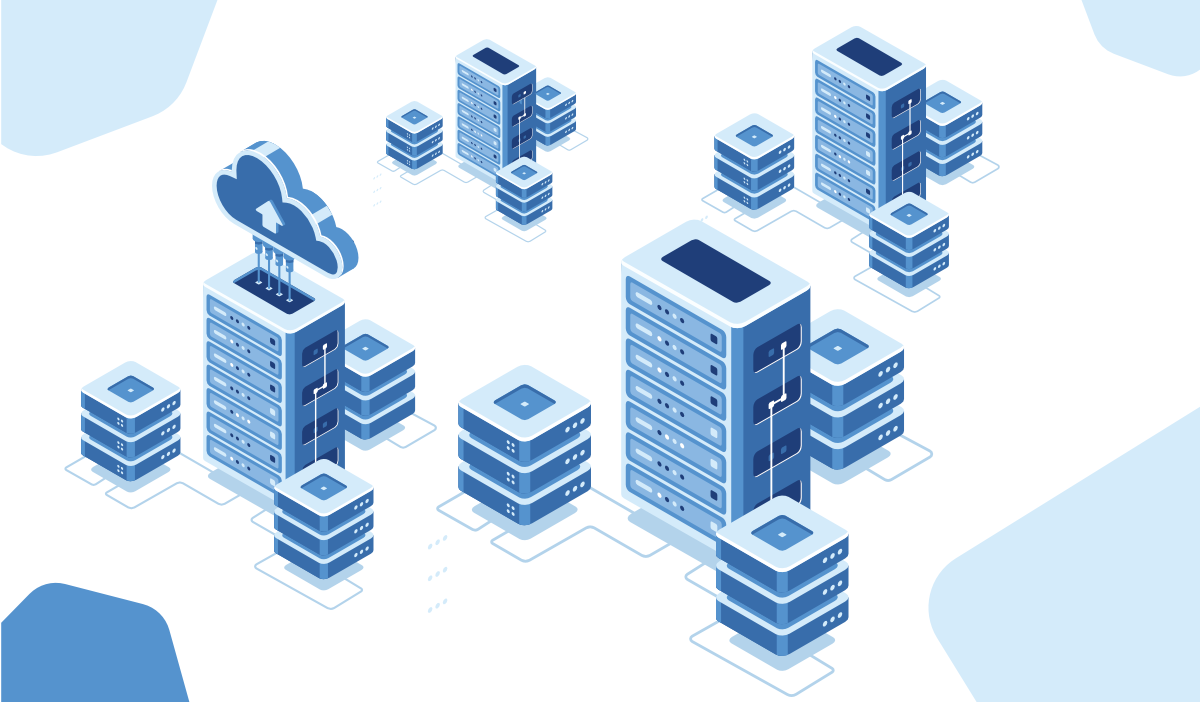Top 7 Database You Must Know For Software Development Projects

Now if you wonder which databases are most popular in the world then according to the recent ranking shown by the DB Engines below is the list…

Image Source: DB-Engine
1. Oracle
Oracle is the most popular RDBMS written in assembly language C, C++, and Java. The current version of the Oracle Database is 19c. However, a lot of organizations are currently using 11g and 12c. It’s a very powerful secure database that has a well-written document. It takes less space and quickly processes data also you can find some new good features like JSON from SQL as well. Some of the other features are given below…
- Oracle provides functionality for Cloud, Document Store, Key-value storage, Graph DBMS, PDF Storages, and BLOG.
- It fulfills the requirements in the areas of performance, scalability, high availability, security, data warehousing, etc.
- It supports multiple Windows, UNIX, and Linux versions.
2. MySQL
MySQL is a very popular open-source RDBMS which is used by most of the major tech companies
such as Facebook, Google, Twitter and Adobe. It was acquired by Oracle as a part of Sun Microsystems’ acquisition in 2009. It uses structured query language and it is written in C and C++. The latest version of MySQL is 8.0 which has a better recovery option. MySQL has different features for different editions (Enterprise Edition, Standard Edition, and Classic Edition). Some of the good features of MYSQL are given below…
- It is widely used in web development because it gives high performance, it is secure, flexible and reliable.
- It supports C, C++, Java, Perl, PHP, Python, and Tcl for client programming.
- It support Unicode, Replication, Transactions, full-text search, triggers, and stored procedures.
- MySQL supports large databases, up to 50 million rows or more in a table.
- MySQL can run on Linux, Windows, OSX and FreeBSD and Solaris.
3. Microsoft SQL Server
This database was launched in 1989 and it is also one of the most popular relational database management systems (RDBMS) in the world. It is written in C and C++ and supports structured query language. The latest version of SQL Server is SQL Server 2019. It works well with Microsoft products and it is available on both Windows and Linux platforms. There are so many editions of this database such as Azure SQL Database (cloud-based version), Compact edition, enterprise edition (preferred by most of the companies) and Developer edition. Some of the main features are given below…
- It is platform depdendent, high performance database.
- It uses data compression technique so you need to worry less about storage or space.
- It can be integrated with non-relational sources like Hadoop.
- For security-related concern it uses row-level security, dynamic data masking, transparent data encryption, and robust auditing.
- It comes with custom-built graphical integration that saves a lot of time of users.
- Object Explorer feature allows users to view the creation of the tables.
- Creates various designs, tables, and view data without syntax.
- Efficient management of workload and allows multiple users to use the same database.
4. PostgreSQL
This database is also an open-source Object-Relational DBMS but users are free to create NoSQL databases. It is written in C and the popularity of this database is increasing day by day. It is ideal for companies that frequently deal with large volumes of data. A lot of gaming apps, database automation tools, and domain registries use this database. Companies such as Apple (macOS Server operating system uses this database), Cisco, Fujitsu, Skype, and IMDb, etc use this database. PostgreSQL runs on many operating systems, including Windows, Linux, Solaris and now Mac OS X. The database is good for single-machine applications, a large internet-facing application, and for all applications in between. It is also good for building fault-tolerant environments, managing the data and protecting data integrity. Let’s discuss some more features…
- High scalability, predefined functions, support for JSON, easy data portability, multiple interfaces.
- It provides support for tablespaces, as well as for stored procedures, joins, views, triggers, etc.
- Security and disaster recovery features.
- Extensibility through stored functions and procedures, procedural languages, and foreign data wrappers.
- Allows you to create custom data types and query methods.
- Robust, secure and fast.
5. MongoDB
MongoDB is a cross-platform NoSQL database. It is written in C++, C and JavaScript programming languages. You can use this database for mobile apps, real-time analytics, IoT, and can provide a real-time view for all your data. MongoDB is a high-speed database and the data is stored in the form of JSON style documents. MongoDB uses internal memory so the data is easily accessible. You can process a large amount of data simultaneously.
- Fast, easy to use, auto-sharding, deployment flexibility, high performance, high availability and easy scalability.
- Supports JSON and the schema can be written without downtime.
- Easy to administer in the case of failures.
- For data migrations, it provides complete deployment flexibility.
- Queries can be easily optimized for output.
6. IBM DB2
The latest release of DB2 is 11.5 which runs queries faster. This database supports the relational model but in recent years products have been extended to support object-relational features and non-relational structures like JSON and XML. The database offers AI-dedicated capabilities that are designed to manage and structure complex data. Some of its good features are given below.
- It supports private as well as cloud environments.
- It supports most of the data science languages to handle simple or complex frameworks.
- It supports multiple Windows, UNIX, and Linux versions.
- Easy to install and easily accessible.
- DB2 has different server editions which are designed for specific tasks.
7. Elasticsearch
ElasticSearch is a search engine based on the Lucene library. It is a distributed and open-source full-text search and analytics engine. It provides a distributed, multitenant-capable full-text search engine with an HTTP web interface and schema-free JSON documents. A lot of big organizations like Wikipedia, The Guardian, StackOverflow, GitHub, etc. Some of the key features are given below…
- It allows you to create replicas of their indexes and shards.
- It is scalable up to petabytes of structured and unstructured data.
- Multi tenancy and extremely fast search.
- Java-based and designed to operate in real-time.
- Document oriented with a higher performance result.


